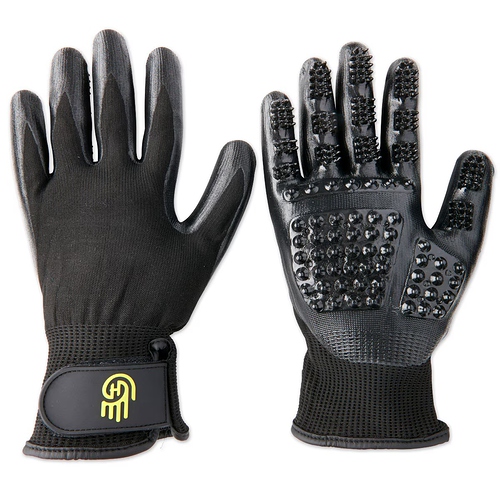My one horse has four white legs, right below the knee—should I be bathing them more frequently than black legs? I brush his legs every day, but they always look so dirty, and I’m mostly concerned about scratches and rain rot developing on the cannon bone. He’s been home under my full care for about two months now, and before that, he was at a show barn where they handled most of the grooming, and his legs were always clean and free of fungus.
I’m afraid to over-bathe because I don’t want to strip the skin of its natural oils, which can cause problems too—but how much is too much, and how little is not enough? Or is the crud not even a bathing issue? Should I be currying his legs too? I’ve heard that you shouldn’t curry below the knee, so I never have.
I was thinking of starting to cover his white socks daily with Desitin or Coat Defense powder for prevention and protection—is that too much? I’ve never had a horse with white legs before, and I just want to make sure I’m doing what’s best and staying on top of anything that needs more attention compared to black legs.




 )
)